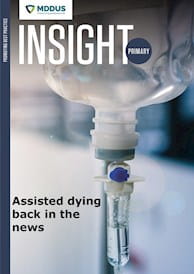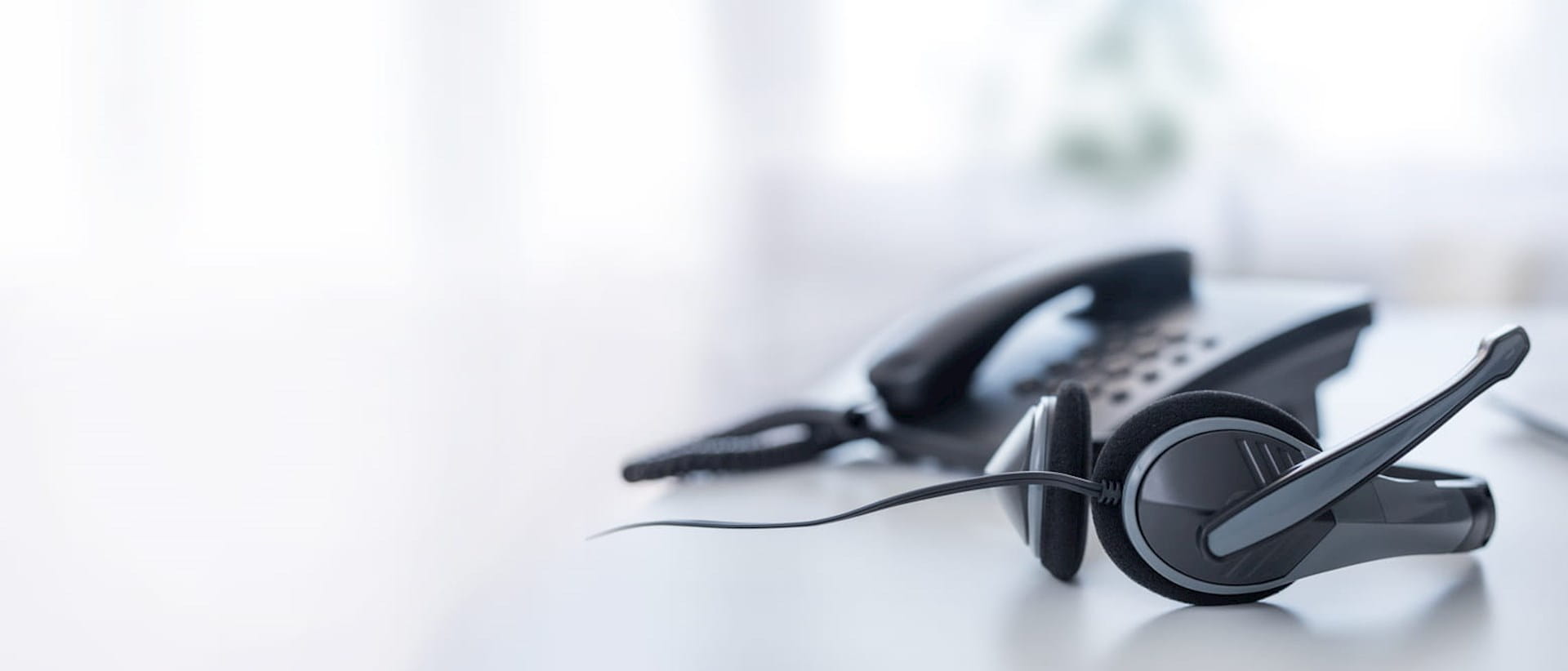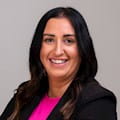TELEPHONE-based triage systems in GP practices are here to stay, with many practices feeling this is the only way to continue offering a safe and effective service.
Having proved effective in helping to maintain healthcare services during the pandemic, triage systems are now seen as vital in managing the growing strain on primary care.
An effective triage system should ensure patients are signposted to the most appropriate care, either within the practice with a face-to-face consultation or via callback, or without need of an appointment with a text or email reply. Patients may also be referred to an outside service, such as a community pharmacist or A&E.
This should allow GPs and other clinicians more time to focus on complex or urgent cases.
NHS England recently announced funding to enhance telephone access for patients to GP surgeries to “tackle the 8am rush and reduce the number of people struggling to contact their practice”. Plans call for the wholescale replacement of old analogue phones with modern digital systems so patients never get engaged tones but instead are placed in a numbered queue and offered the option of an automated call-back.
This means practices will be required to have an effective triage system in place to prioritise patients who require urgent care and advice, and also to advise patients with non-urgent issues on when or how they can see a GP, or whether they would be better suited accessing another service or online advice. Practices will no longer be allowed to ask patients to call back another day. Each contact must be dealt with.
How can practices ensure triage systems are safe and effective?
Protocols for safe triage
Reception staff play a key role in triage processes and increasingly their job titles are being changed to care navigator or patient care coordinator. Their role in gathering information from patients and signposting appropriately based on this information is essential in effective triage systems. They are being trained appropriately to do this.
Some practices have adopted a total triage service, which allows the reception team to gather key information or for a patient to complete an online form. This information is then sent to a duty/on-call team, which can include a doctor, nurse or advanced practitioner. This team is responsible for triaging every request coming through to the practice and managing accordingly. This newer triage system eliminates the need for receptionists to act as gatekeepers of appointments, which is good news for both receptionists and patients.
There are well-documented risks in using non-clinical members of staff to facilitate entry into the triage process and efficiently directing patients to the most appropriate member of the clinical team. Common risks include:
- patients unable to access the service despite multiple attempts
- patients with existing health issues being triaged inappropriately
- important symptoms not being recognised.
A safe triage system will have clear protocols and guidance for staff on recognising red-flag symptoms, as well as for escalating a request to a clinician where indicated. Non-clinical staff should never be placed in a position where they are making clinical decisions but rather should be guiding the patient through a defined triage process. GPs can help by agreeing on specific questions or algorithms for staff to follow, and some practices use online triage platforms, such as Accurx.
Non-clinical staff must also be made aware that even casual inferences or 'chats' involving symptoms, advice or reassurance can be perceived as ‘medical advice’ by a patient (or third party calling on someone's behalf) when given in the context of their practice role and this should be avoided.
Staff should emphasise to the patient that the reason they are being signposted is to provide the best care for their particular issue. If staff have any doubts about how to assist a patient or where to safely signpost them, they should feel confident on how to escalate this further and obtain appropriate clinical advice within their practice. This can sometimes depend on the “culture” within a team around the availability, accessibility and approachability of individual doctors and nurses. Many practices still have a duty system for who assumes clinical responsibility to support triage and the non-clinical team. Any system of work is only as good as the individuals who work with it, or against it.
Patient expectations
Patients should also be told at the start of the process what to expect and what is expected of them in return. This will help educate and reassure that any further information requested from the receptionist is purely to benefit the patient and to ensure they are signposted appropriately. Some practices ask patients to complete an online form to provide information for the clinician to appropriately triage their care.
Examples of managing patient expectations might include explaining steps in the telephone triage process, timescales for call-backs and what to do in the case of worsening symptoms, including what services are available outside of normal practice hours and how to access. Practices may want to have this information on their website and displayed in reception, or sent out via text.
Consideration should also be given to patients who are unable to receive telephone calls during working hours and who may require alternative arrangements, such as those with a hearing impairment or who prefer not to use digital platforms.
Some patients may be concerned about disclosing personal information to a non-clinical member of staff, so it may be useful to remind them at the outset of a call that all practice staff follow the same confidentiality principles.
Tips to ensure safe and effective triage/signposting
|
Adequate record keeping
A common pitfall in triage systems is failing to record specific advice provided to a patient, although this has been somewhat eliminated by practices who use a digital triage platform. In such systems the patient writes down their own symptoms and this is saved into their notes for the clinician to review.
Even if a patient is scheduled to be seen in person later that day for a full consultation, don’t be tempted to delay making notes on clinical advice provided. Should a patient’s condition change and they later dispute that they were given specific advice, adequate records will be important in any legal defence.
The GMC makes it clear that doctors must keep adequate records of any advice given to patients for continuity of care. It is helpful for non-clinical staff to adopt the same process and document the information given to patients, including signposting and any safety netting advice.
Key points
- Offer support and training to staff to optimise triage processes and safety for patients.
- Always be available to assist colleagues and staff if there are doubts about ways to direct a patient's care.
- Keep records of all advice given to patients during an initial triage assessment.
- Follow regulatory guidance to ensure best practice when consulting (including remotely) and delegating responsibility, and in record keeping.
This page was correct at the time of publication. Any guidance is intended as general guidance for members only. If you are a member and need specific advice relating to your own circumstances, please contact one of our advisers.
Read more from this issue of Insight Primary

Save this article
Save this article to a list of favourite articles which members can access in their account.
Save to library


